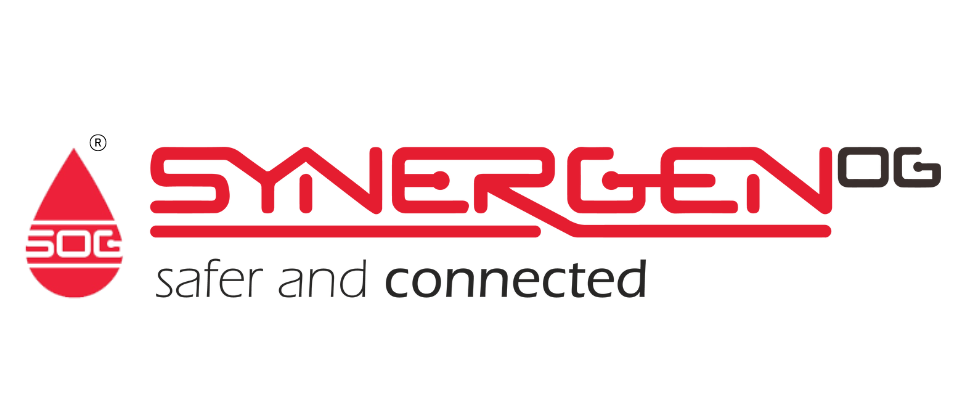In a shifting marketing landscape, digitalisation is among the many driving forces for modern marketers. Modern marketing harnesses the full potential of businesses to provide a great customer experience, thereby, driving growth. The lens is focused on transforming how marketers execute the job and provide value to customers, rather than changing what marketing does.
Personalisation, for example, previously represented the broad offerings and experiences across a large segment of consumers. Today, the goal is to leverage data from all consumer interactions to creatively deliver as much relevant one-to-one marketing as possible.
On the other hand, there is a demand for capabilities to meet marketing’s new rhythms and demands under modern marketing. They are divided into two different segments; capabilities and enablers.
What capabilities are needed to deliver marketing work?

|
Customer experience and personalisation |
Measurement and marketing ROI |
| The shift in personalisation has been done in the health segment through personalised testing and targeted therapy. The customer experience now leverages personalised data, through unified customer data across all interactions to allow for purposeful communications. | Under measurement and marketing ROI, capabilities have shifted from the traditional model with a limited ability to measure impact to what it is today – A holistic, customer-level ability to measure all or most components of marketing investments or Objectives and Key Results (OKRs). OKRs is a goal-setting framework for defining and tracking objectives and outcomes, created by Intel’s Andy Grove, the father of OKRs. |
How we leverage talent within and outside an organisation to deliver marketing work?
|
Organisational design and culture The traditional model presented a business and product-centric approach. Modern marketing today portrays a different approach of organisational design and culture, which is customer-centric. An in-place of a standard marketing team, organisations have positioned advanced operations to execute special projects, expanding growth within the organisation. |
Agility in the way we work The value of agility has been mentioned several times in many articles, including “What Productive People Do Differently”. Agility plays a large role in modern marketing as the traditional model relied on annual planning and multiple handoffs. Agility today empowers cross-functional teams focused on rapid testing and learning. |
|
Talent and agency management The overreliance on agencies and organic in-house talent development, too, has shown incredible improvement as modern marketing has built multiple strategies to attract, retain, train and upskill talent, and to manage an interconnected agency ecosystem with best-in-class expertise. |
Data and technology The influx of information has come a long way from sparse data and technology with a separate marketing department. Marketing for data and technology has improved to be a 360-degree customer-centric solution, focusing on seamless customer experience. Because of this influx, it’s vital that we are able to separate valuable signals from noise as the integrated marketing-technology stack connects ‘signalised’ data. |
Issues are abundant at the core of an organisation that lacks a drive for expansion. The issues stem from the absence of commitment to the full suite of necessary change and a lack of clarity about dependencies. Without understanding, it creates blind spots in the transformation process that lead to delays, frustration and a loss of value. We mention this commitment to a necessary change in “Four Nuggets of Wisdom to Bring into 2021 ”.

To further counter these issues, it’s vital to facilitate these changes. According to the Arbinger Institute, a shift in mindset leads to behavioural change. The ‘unifier’ is an interesting term I found whilst reading the article by Sarah Armstrong et. al. It mentions how unifier CMOs adopt the language and mindset of other C-suite executives, furthering how marketing can meet their needs.
The article emphasises how marketing leaders should set expectations for each marketing member within the organisation. Each member is expected to collaborate seamlessly with their colleagues to achieve the business or marketing objectives. This cross-functionality brings more insight and understanding of different challenges and KPIs of each department and team members. We can now focus on a collective KPI, supporting each other to achieve the goals of the organisation. The best marketers are developing capabilities for efficient engagement across numerous microsegments.
In order to operate with an ROI mindset, everyone needs to operate as if the money they are spending is their own.
Organisations can fuel mindset and behavioral change by incentivising group success as mentioned in “Six Problem-solving Mindsets to Face Uncertain Times”. By fueling change in the mindset, agile marketing can be pushed at a scale by moving beyond the initial stage, making it by far the biggest change to marketing’s organisational design is the shift to agile.
As a decentralised, cross-functional model, agility is critical for operating with speed. Organising squads around specific customer objectives ensures that everyone on the team is connected to the customer.
On the other hand, talent and agency management, it’s a constant balancing act. In the insource mission-critical roles, by keeping the talent and resources in-house.

